Patents

Roche v. Natco: Balancing Innovation and Access to Medicines
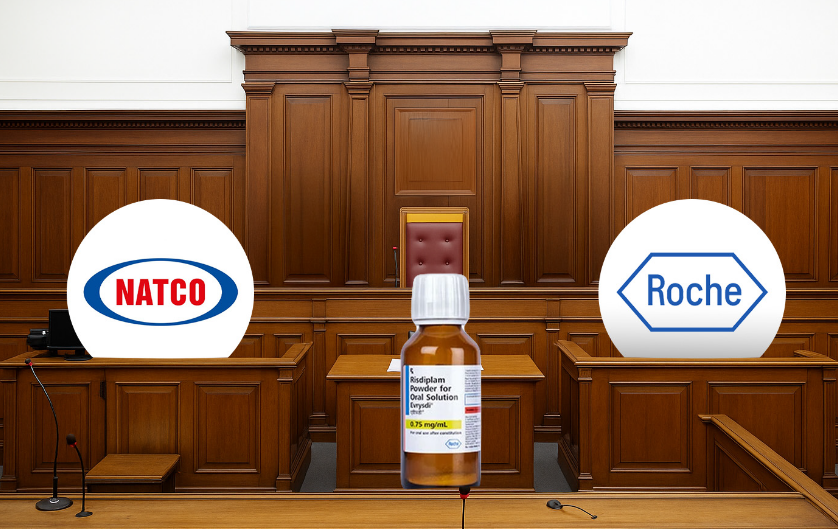
In a significant decision1 delivered on March 24, 2025, the Delhi High Court declined to grant an interim injunction sought by Swiss pharmaceutical major Roche against Natco Pharma. Roche sought to restrain Natco from manufacturing Risdiplam (marketed by Roche as Evrysdi®), currently the only approved oral treatment for Spinal Muscular Atrophy (SMA) in India. Given SMA’s debilitating impact and the absence of affordable therapeutic options, the Court’s decision strikes a careful balance between patent enforcement and the pressing need for public health access.
Natco argued that Risdiplam was already disclosed in Roche’s earlier genus patent (WO2013/119916), and that the subsequent species patent-the suit patent (IN- 334397) amounted to an attempt at evergreening. The Court held that Natco had raised a credible prima facie challenge to the validity of IN’397 on grounds of anticipation and obviousness. Significantly, Natco relied on Roche’s own admissions in parallel foreign proceedings, where the company acknowledged that Risdiplam was encompassed by its earlier genus patent.
Public interest played a crucial role in the Court’s analysis. Two SMA patients intervened in the case, highlighting the steep cost of Roche’s imported drug and the lack of accessible alternatives. Natco’s plan to manufacture Risdiplam domestically at a substantially lower cost (80–90% less) added weight to the public interest argument.
Justice Mini Pushkarna underscored that in pharmaceutical patent litigation, public health considerations must be assessed alongside the traditional factors for interim relief. Since Risdiplam is the only approved treatment for a rare, life-threatening condition, the Court emphasized that access and affordability must take precedence over market exclusivity.
Reaffirming well-established legal principles, the Court noted that at the interim stage, an injunction is unwarranted if the defendant raises a credible and substantial challenge to patent validity. Should Roche eventually prevail, monetary compensation could serve as an adequate remedy, avoiding disruption of treatment for patients in the meantime.


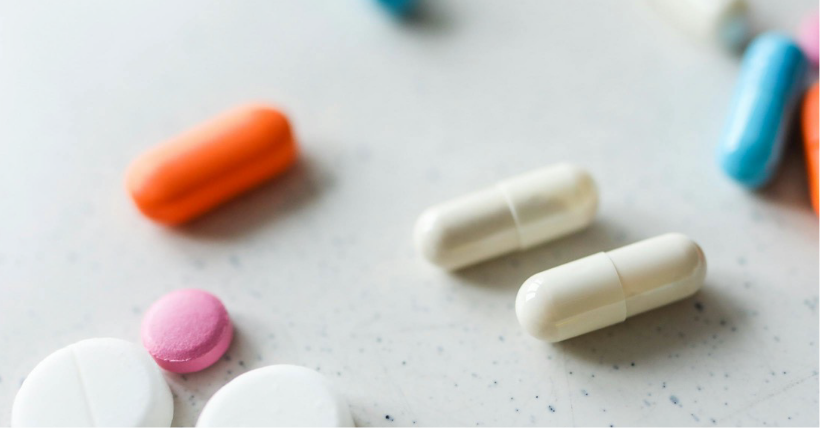
India’s New Draft Guidelines for AYUSH Patent Applications: Balancing Tradition and Innovation.
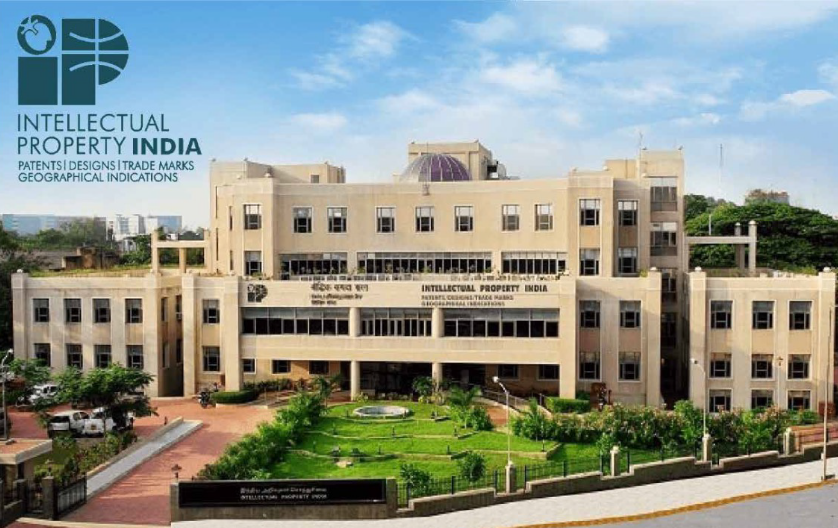
The Indian Patent Office (IPO) has taken a significant step towards clarifying the patentability standards for traditional medicine systems with its newly released Draft Guidelines for Processing Patent Applications of AYUSH Systems and Related Inventions. These guidelines aim to establish a clear framework for evaluating innovations in Ayurveda, Yoga & Naturopathy, Unani, Siddha, Sowa-Rigpa, and Homeopathy (collectively known as AYUSH) while protecting India’s rich traditional knowledge heritage.
The guidelines clarify that standard patentability criteria—novelty, inventive step, and industrial applicability—apply equally to AYUSH-related inventions. However, special considerations come into play when assessing traditional formulations. For instance, extracts or isolated compounds from plants already documented in AYUSH texts will generally be deemed lacking in novelty unless paired with an innovative extraction or purification process. Similarly, combinations of known ingredients must demonstrate a synergistic effect—meaning the combined formulation performs significantly better than the sum of its individual components—to overcome exclusions under Section 3(e) of India’s Patents Act, which bars patents for mere admixtures.
One of the most critical aspects of the draft guidelines is their emphasis on compliance with India’s biodiversity laws. Applicants must disclose the source and geographical origin of any biological resources used in their inventions.
Additionally, if the invention is based on research involving Indian biological materials, prior approval from the National Biodiversity Authority (NBA) is mandatory. This requirement does not apply to devices used in AYUSH systems unless they directly incorporate biological resources. Failure to comply with these disclosure obligations can have serious consequences, including refusal of the application, post-grant opposition, or even revocation of an already granted patent.


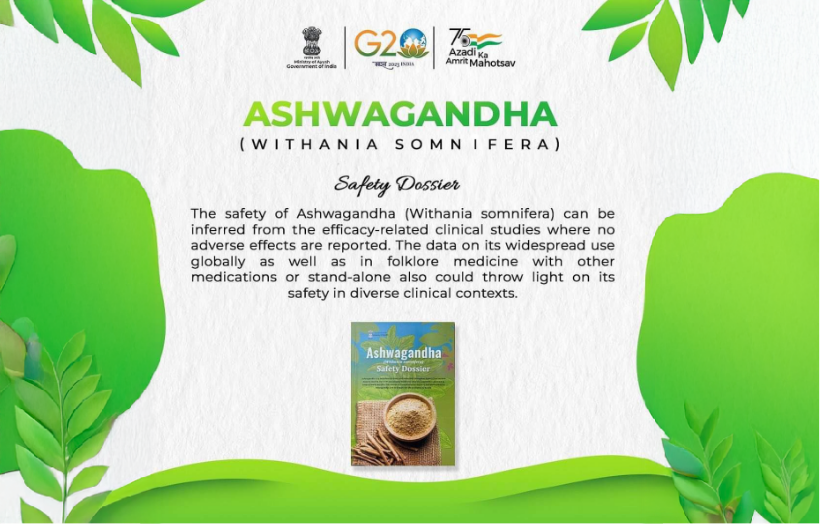
The Perils of Skipping Disclosure Requirements in Patent Specifications
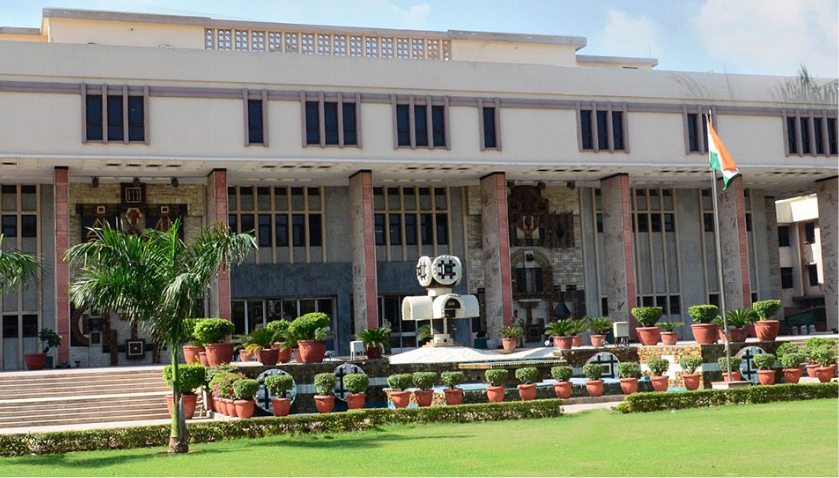
In a significant ruling2, the Delhi High Court has reaffirmed the importance of strict adherence to disclosure requirements under the Patents Act, 1970, particularly when drafting complete specifications. The Court upheld the rejection of a patent application for insufficient disclosure and lack of clarity.
The Regents of the University of California (“Appellant”) filed an appeal under Section 117A against the Assistant Controller of Patents’ order, which rejected their Indian Patent Application No. 201717005699, titled “Vaccine for Livestock Production Systems.” The invention concerned a recombinant Salmonella microorganism-based live vaccine for preventing enteric bacterial infections. The application was rejected primarily under Section 3(c), Section 10(4) and Section 10(5).
In a significant ruling2, the Delhi High Court has reaffirmed the importance of strict adherence to disclosure requirements under the Patents Act, 1970, particularly when drafting complete specifications. The Court upheld the rejection of a patent application for insufficient disclosure and lack of clarity.
The Regents of the University of California (“Appellant”) filed an appeal under Section 117A against the Assistant Controller of Patents’ order, which rejected their Indian Patent Application No. 201717005699, titled “Vaccine for Livestock Production Systems.” The invention concerned a recombinant Salmonella microorganism-based live vaccine for preventing enteric bacterial infections. The application was rejected primarily under Section 3(c), Section 10(4) and Section 10(5).
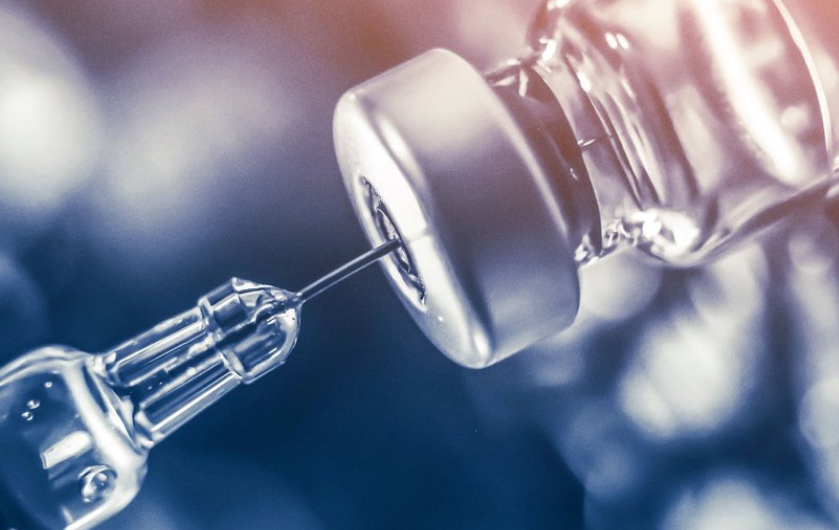
The Court found that the claims broadly covered any Salmonella microorganism with certain loss of function mutations, without adequate limitations. The specification allowed even naturally mutated microorganisms to fall within the scope, contravening the prohibition under Section 3(c). The Court emphasized that it is crucial for applicants to explicitly demarcate what is claimed to avoid encompassing excluded subject matter.
Regarding disclosure, the Court noted that the claimed mutations included insertions, substitutions, or deletions at various points within gene sequences, which significantly expanded the scope without adequate definition or examples.
The Court held that the description was insufficient to enable a skilled person to perform the invention without undue experimentation, violating Section 10(4)(a) and (b), the best method of performing the invention was not disclosed, breaching Section 10(4)(b) and the claims were broader than what was disclosed and were not fairly based on the complete specification, contravening Sections 10(4)(c) and 10(5).
Further, the Court held that the recombinant organism was not publicly available and sufficient disclosure was lacking and, therefore, deposition under the Budapest Treaty was mandatory.
In light of the above findings, the Court upheld the Assistant Controller’s order refusing the application. the Act, such as naturally occurring microorganisms.


The decision serves as a critical reminder that compliance with the disclosure requirements under the Patents Act is non-negotiable. Further, applicants should also be mindful to avoid drafting claims that inadvertently include subject matter excluded under the Act, such as naturally occurring microorganisms.
Patent Revocation and Invalidity: What Applicants Must Know
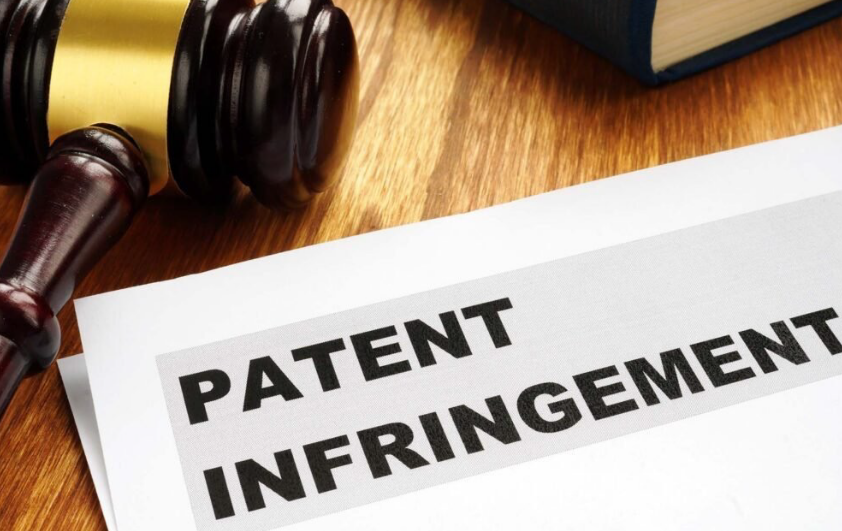
On 15 January 2024, the Delhi High Court provided important clarification3 on how Section 64 (revocation of patents) and Section 107 (invalidity defence in infringement cases) of the Patents Act, 1970 operate differently. The Court also addressed a key question-whether a patent can continue to be challenged even after its expiration.
Macleods Pharmaceuticals wanted to launch a generic version of a drug but a patent owned by Boehringer Ingelheim Pharma stood in the way. To overcome this, Macleods filed a revocation petition under Section 64 at the Delhi High Court to cancel Boehringer’s patent. At the same time, when Boehringer sued Macleods for patent infringement in the Himachal Pradesh High Court, Macleods raised an invalidity defence under Section 107.
Boehringer argued that allowing Macleods to attack the same patent in two different courts could cause conflicting decisions and wanted the dismissal of the revocation petition.
The court emphasized that even though the grounds under both sections might be the same, the outcomes are very different. Section 64 allows any party to approach a court and request the cancellation of a patent from the register. If successful, the patent is treated as if it never existed. On the other hand, Section 107 allows someone accused of infringement to argue that the patent is invalid, but only as a defence in that particular lawsuit. Even if they win, the patent remains on the register and is enforceable against others unless separately revoked.
Another issue was whether Macleods could continue with its revocation petition since Boehringer’s patent had expired. Boehringer submitted that once a patent’s term ends, there’s no point in revocation. However, the Delhi High Court disagreed. It held that even after a patent expires, a revocation petition remains relevant- especially when the patentee (Boehringer) is still seeking damages for alleged infringement that happened while the patent was active. If the court later finds that the patent should never have existed, then Boehringer’s claim for damages would collapse too.



Key takeaways from the judgment include the clear distinction between revocation under Section 64 and the invalidity defence under Section 107. While revocation proceedings aim to annul the patent entirely, the invalidity defence under Section 107 is limited to protecting the defendant in a specific infringement suit and does not affect the patent’s status on the register.
Importantly, the Court affirmed that a revocation petition may continue even after the expiry of a patent—particularly where claims for damages remain pending. Patent holders must therefore be prepared to defend the validity of their patents post-expiry if they are pursuing enforcement actions based on them.
Delhi High Court Strengthens SEP Enforcement in Landmark Philips DVD Litigation
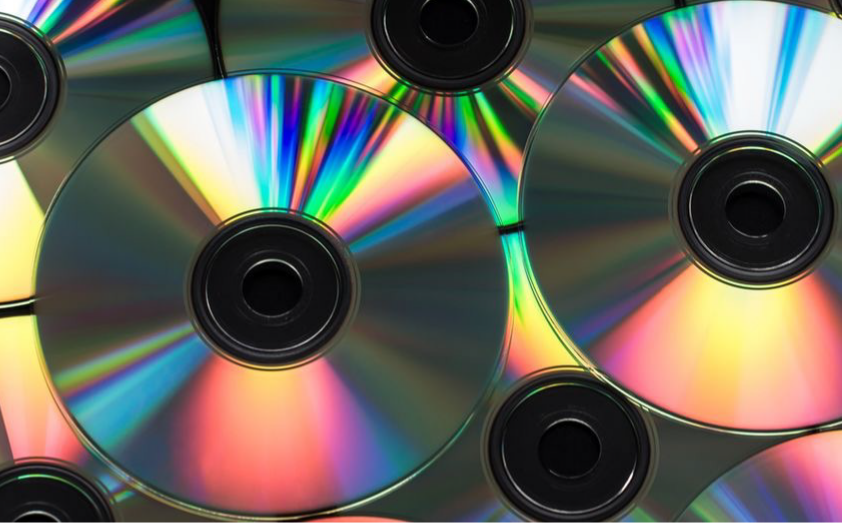
In a landmark ruling4 on standard-essential patent (SEP) enforcement, the Delhi High Court has ruled in favor of Philips against three Indian DVD manufacturers — Pearl Engineering, Powercube Infotech, and Siddharth Optical Disc Pvt. Ltd.
The Court held that the defendants knowingly used Philips’ patented EFM+ technology without obtaining a license and were unwilling licensees who refused to negotiate in good faith. Because of this stance, Philips was compelled to involve a third party, Moser Baer, to provide critical technical information that had initially been shared with the defendants.
The Court awarded damages to Philips based on lost royalty, applying FRAND (fair, reasonable, and non-discriminatory) royalty rates consistent with Philips’ standard licensing agreements. Additionally, aggravated damages of INR one crore were imposed due to wilful infringement and deliberate concealment of material facts during the trial. The Court further imposed interest at 12% per annum (though notably without explicit justification) and directed the defendants to bear the litigation costs.
No injunction was granted since the patent had expired in February 2015. Remarkably, the verdict arrived after 13 years of litigation — outlasting both the patent term and the relevance of the DVD industry itself.


This decision significantly strengthens SEP litigation in India, reaffirming that SEP holders can succeed where they can establish that implementers are unwilling licensees who refuse to engage in genuine licensing negotiations. It will be particularly interesting to observe how Indian courts — especially the Delhi High Court — address the critical time sensitivity of SEP cases going forward, as delays risk undermining the very purpose of such rights.
On a related note, the ruling also underscores the diminishing importance of Section 8 disclosure requirements under Indian patent law. The Court accepted Philips’ explanation that its non-submission of foreign application details was a clerical lapse, in line with evolving judicial precedents and recent legislative reforms aimed at easing such formalities.
Reason Before Rejection: A Reminder for Patent Examiners

In a recent notable decision5, the Delhi High Court remanded the matter back to the Patent Office, directing the Controller to reconsider the application on its substantive merits.
The case arose from Indian Patent Application No. 201617019205, where the applicant, Arcturus Therapeutics, had filed written submissions on 25 July 2023 after obtaining an extension that expired on 17 June 2023. However, on the very same day the submissions were filed — 25 July 2023 — the Controller issued an order refusing the application solely on procedural grounds, citing non-filing of the written submissions, without addressing or providing any reasoning on the merits of the invention.
In its appeal, Arcturus explained that the delay in filing was due to the extensive empirical studies required to generate comparative data, as specifically directed by the Controller in the second hearing notice dated 11 January 2023. The High Court accepted this explanation and firmly observed that rejecting a patent application solely on procedural deficiencies, without evaluating the substantive merits, could result in significant prejudice to the applicant.
Reinforcing the principles of natural justice, the Court held that the Controller was obligated to consider the First Examination Report (FER), the applicant’s responses, prior submissions, and oral arguments before arriving at a decision.
The Court accordingly set aside the impugned order and remanded the matter back to the Controller for reconsideration on its merits, instructing the Patent Office to issue a fresh hearing notice and to decide the matter expeditiously, preferably within three months.


This judgment once again brings into sharp focus the critical importance of issuing reasoned (or “speaking”) orders, particularly when refusing applications, even where procedural lapses are raised. The decision underscores that procedural rules should not override the substantive evaluation of an invention, and the rights of applicants must be protected through fair and well-reasoned decision-making.
Trademarks

Trade Mark Enforcement Meets the Boundaries of Critical Content Creation

In a recent decision that resonates with the digital age, the Delhi High Court in San Nutrition Private Limited v. Arpit Mangal & Ors6 examined the contours of the right to freedom of speech and expression under Article 19(1)(a) of the Constitution in light of its reasonable restrictions under Article 19(2), particularly concerning defamation.
The Hon’ble Delhi High Court has refused to grant an interim injunction against a group of content creators who criticized a health supplement brand. The Hon’ble Court held that the content, based on verified lab results, constituted protected speech under Article 19(1)(a) of the Constitution.
The case was filed by San Nutrition Pvt. Ltd., owner of the “DC DOCTOR’S CHOICE” ISO PRO whey protein brand against fitness influencers including Arpit Mangal.

The influencers had posted multiple videos across YouTube and Instagram questioning the authenticity of the plaintiff’s protein content claims, suggesting through test results that the actual protein levels were far lower than those advertised.
San Nutrition, the petitioner claimed defamation, product disparagement, trade mark misuse, and violation of ASCI guidelines, arguing that the content caused financial loss and reputational harm. The influencers defended the claims by relying on reports from NABL-accredited laboratories, all of which showed protein content to be between 45% and 52%, compared to the label claim of over 83%. The Court observed that the plaintiff failed to produce any counter-laboratory reports and merely relied on information given by its manufacturer, an argument it held to be legally untenable. Responsibility for the nutritional content rests with the brand, irrespective of third-party manufacturing.
The Hon’ble Court further held that the use of the term “ghatiya” (substandard) did not amount to defamation. Such terms as per the Hon’ble Court were treated as exaggerations or fair comment, not malicious attacks. The videos were found to have educational intent, urging consumers to make informed decisions, and were not shown to be sponsored or promotional in nature. Thus, the ASCI guidelines for health influencers were held to be inapplicable.
Regarding trade mark infringement, the Hon’ble Court ruled that Section 29(4) of the Trade Marks Act was not attracted, as the marks were not used “in the course of trade” but only for identification and criticism in a non-commercial context. Use of brand visuals or names in reviews was held to be fair use, not infringing.
On the issue of disparagement, the Hon’ble Court reiterated that actionable disparagement requires proof of three elements: a false statement, malice, and special damage. None of these were established by the plaintiff. The judgment noted that criticism backed by factual data and devoid of commercial rivalry cannot be restrained, particularly when the subject concerns public health. The Hon’ble Court refused to grant interim relief in a defamation suit where the defendant’s case is not bound to fail.
The Hon’ble Court’s order also distinguishes itself from prior cases cited by the plaintiff, clarifying that in those instances, influencers were either unqualified or engaged in misleading commercial promotion, such factors were absent here. Instead, the Hon’ble Court emphasized that commercial speech, when honest and grounded in verified facts, is constitutionally protected and serves the public interest.
The matter is now listed before the Joint Registrar for further proceedings on July 7, 2025.


This judgment offers important guidance to both businesses and influencers. For brands, it underlines the importance of robust internal compliance on product claims and cautions against litigation that may be construed as suppressing critical yet truthful commentary.
For influencers, it affirms that commentary supported by evidence, especially in sectors like health and fitness, can enjoy constitutional protection, provided there is no malice, falsehood, or hidden sponsorship.
Beauty of Joseon Case: Delhi High Court Cracks Down on Trade Mark Squatting and Reinforces Faith in Cross-Border Brand Protection

In a significant decision7, reinforcing the rights of international brands in India, the Hon’ble Delhi High Court has ordered the cancellation of a trademark registration granted to an unauthorised third party for the well-known Korean skincare brand Beauty of Joseon.![]()
The petitioner, Goodai Global Inc., is a South Korean company that manufactures and sells beauty products under the Beauty of Joseon trademark across more than fifty countries. It began international operations in 2010, launched its website in 2017, and formally entered the Indian market through e-commerce exports in August 2022. Around the same time, an Indian individual, the respondent in the matter, secured a trademark registration for an almost identical mark  in Class 3 covering similar skincare goods on a “proposed to be used” basis.
in Class 3 covering similar skincare goods on a “proposed to be used” basis.
The petitioner discovered the impugned registration while responding to a provisional refusal issued against its own international application in India. A rectification petition was promptly filed under Section 57 of the Trade Marks Act, 1999, alleging bad faith, misappropriation, and likelihood of consumer confusion. The court proceeded ex-parte against the respondent, who failed to file any defence or appear in the matter, leading to the averments of the petitioner being deemed admitted.
Justice Amit Bansal, delivering the decision, found that the respondent’s use of Korean Hangeul characters and visual elements associated with Beauty of Joseon ![]() had no business justification, especially given that the respondent was unaffiliated with Korean culture, language, or the brand’s origin. The Court held that the mark had been adopted solely to exploit the goodwill of the petitioner’s internationally recognised brand and to block its registration in India. The adoption, the court observed, had all the hallmarks of bad faith conduct under Section 11(10)(ii) of the Act and warranted rectification. Accordingly, the registration of trademark No. 5635163 in Class 3 in the respondent’s name was directed to be cancelled.
had no business justification, especially given that the respondent was unaffiliated with Korean culture, language, or the brand’s origin. The Court held that the mark had been adopted solely to exploit the goodwill of the petitioner’s internationally recognised brand and to block its registration in India. The adoption, the court observed, had all the hallmarks of bad faith conduct under Section 11(10)(ii) of the Act and warranted rectification. Accordingly, the registration of trademark No. 5635163 in Class 3 in the respondent’s name was directed to be cancelled.



This case serves as a timely reminder that India’s trade mark law supports both registered and unregistered foreign brand owners who can demonstrate reputation, prior use, and clear instances of dishonest adoption by local applicants. The Hon’ble court’s emphasis on transparency, market fairness, and consumer protection aligns with India’s commitments under international Intellectual Property frameworks and supports a more robust approach to preventing trade mark squatting, especially in lifestyle, cosmetic, and digital-first industries.
This judgment reaffirms that international reputation, and prior use can outweigh opportunistic domestic registrations. For foreign brands entering the Indian market, the ruling sends a clear message that Indian courts are prepared to protect against bad faith filings even in the absence of local registrations, provided there is genuine goodwill, consistent trade presence, and a credible enforcement strategy.
Rewriting the Rules of Platform Liability in the Digital Era

In the recent ruling in Lifestyle Equities CV & Ors. v. Amazon Technologies, Inc. & Ors8, the plaintiffs, Lifestyle Equities CV and Lifestyle Licensing B.V., proprietors of the trademark “Beverly Hills Polo Club” (BHPC) , against three defendants: Amazon Technologies, Inc. (owner of the “Symbol” brand), Cloudtail India Pvt. Ltd. (retailer of the goods in question), and Amazon Seller Services Pvt. Ltd. (e-commerce platform operator of www.amazon.in). The plaintiffs alleged that the “Symbol” brand’s horse logo
against three defendants: Amazon Technologies, Inc. (owner of the “Symbol” brand), Cloudtail India Pvt. Ltd. (retailer of the goods in question), and Amazon Seller Services Pvt. Ltd. (e-commerce platform operator of www.amazon.in). The plaintiffs alleged that the “Symbol” brand’s horse logo  (impugned logo) was deceptively similar to their registered BHPC logo, leading to trademark infringement, dilution, and passing off.
(impugned logo) was deceptively similar to their registered BHPC logo, leading to trademark infringement, dilution, and passing off.
The suit was initially taken up in October 2020. An interim injunction was granted restraining Defendants No. 1 (Amazon Technologies) and No. 2 (Cloudtail) from selling goods bearing the impugned logo. Defendant No. 3 (Amazon Seller Services) was directed to delist the infringing products upon communication of URLs. Defendant No. 1 remained ex parte throughout the proceedings. Defendant No. 2 conceded to the infringement and agreed to a decree of injunction and payment of reasonable damages. Defendant No. 3 was deleted from the array of parties upon stating its intermediary status and compliance with court directions.
The Hon’ble Court recognized the evolving challenge of e-commerce-related trademark violations (termed “e-infringement”), noting the difficulty in assigning liability across a multi-party online retail chain. The judgment observed that all three defendants were interlinked and that attempts had been made to distance responsibility for infringement. The Hon’ble Court held that even where a product is sold by a licensee (Cloudtail), the licensor (Amazon Technologies) may be liable when it retains brand ownership and exerts control through contractual arrangements.
In its final judgment, the Hon’ble Court granted a permanent injunction against further infringement and awarded substantial monetary relief. The plaintiffs were granted total compensatory damages amounting to USD 38.78 million, which included USD 33.78 million for lost royalties and USD 5 million toward increased advertising and promotional expenses. At prevailing exchange rates, this was valued at approximately INR 336.02 crore. In addition, the court awarded litigation costs of INR 3,23,10,966.60 (about INR 3.23 crore), along with the applicable court fee.
The total amount awarded by the court, therefore, exceeded INR 339.25 crore- highest damages awarded in trade mark infringement in India. The decree was passed against both Amazon Technologies and Cloudtail India, with the latter having already accepted liability during the proceedings.


For brand owners, this case reinforces the importance of continuous monitoring, proactive enforcement, and real-time intervention against counterfeiters. The plaintiff’s ability to present detailed records of trade mark registrations, sales figures, licensing arrangements, and expert valuation contributed directly to the scale of damages awarded. This also reinforces how timely legal action supported by a strong evidentiary foundation can result in substantial relief.
The judgment serves as a reminder that sustained brand vigilance across online marketplaces can not only mitigate reputational harm but also secure meaningful compensation when rights are infringed.
Artificial Intelligence

Copyrightability of AI-Generated Works: A Human Touch Still Reigns Supreme

In a significant ruling that underscores the boundaries of copyright law in the age of artificial intelligence, the U.S. Court of Appeals has upheld the District Court’s decision in Stephen Thaler v. Shira Perlmutter9, denying copyright protection to a work generated solely by AI. The decision reaffirms a foundational principle: Under U.S. law, copyright protection is reserved for works created by human beings.
Dr. Stephen Thaler, a computer scientist, had developed a generative AI system called the “Creativity Machine,” which autonomously produced an image titled- A Recent Entrance to Paradise. In seeking copyright registration for this image, Dr. Thaler identified the AI as the sole author and himself as the copyright owner. However, the U.S. Copyright Office rejected the application, citing its longstanding requirement for human authorship—a position that has now been endorsed by both the trial and appellate courts.
Dr. Thaler also attempted to invoke the “work made for hire” doctrine, arguing that he should qualify as the copyright owner even if the AI was the creator. But the Court emphasized that the Copyright Act requires authorship to originate from a human being, regardless of ownership structures.
Crucially, this decision does not preclude protection for all AI-assisted works. The U.S. Copyright Office’s guidelines clarify that works involving human-AI collaboration may be copyrightable—so long as the human contribution demonstrates sufficient creativity and control. The registrability of such works will hinge on the specifics of how the AI tool functions and the role of human input in shaping the final output.
Therefore, the identity of the author remains central in copyright law.



Although the jurisprudence on the copyrightability of AI-generated works is still nascent, courts in the U.S., India, and other jurisdictions are likely to evaluate such works on a case-by-case basis. To bolster your claim to copyright protection, it is essential to maintain clear and detailed documentation of the respective contributions made by humans and AI. Demonstrating human creativity, input, and control over the final output will be key to establishing authorship and securing copyright protection.
AI and Copyright Liability: U.S. Court Holds AI Developer Accountable

In a landmark ruling with wide-ranging implications for the AI industry, a U.S. District Court has held that AI developers can be held liable for copyright infringement when using protected works to train their models. The decision came in Thomson Reuters v. Ross Intelligence10, where the Court rejected fair use as a defense, marking a crucial development in the intersection of AI and copyright law.
Thomson Reuters, the publisher of Westlaw, sued Ross Intelligence—a legal tech startup—for copying thousands of Westlaw’s proprietary headnotes to train its AI-based legal research platform. These headnotes, which distill key legal principles from judicial decisions, were found to be sufficiently original to warrant copyright protection.
The Court granted summary judgment in favor of Thomson Reuters, finding that Westlaw’s headnotes constitute original, copyrightable content, Ross Intelligence engaged in direct copyright infringement by copying over 2,000 headnotes, and the fair use defense was inapplicable, especially as Ross’ AI tool served as a direct market competitor to Westlaw.
The judgment is noteworthy as it establishes that copyright law applies squarely to the use of copyrighted materials in AI training—at least where the use is commercial, non-transformative, and affects the market of the original work. While the court emphasized that this case concerned non-generative AI, it leaves open key questions about how courts might treat similar claims involving generative AI models.
The legal landscape surrounding generative AI continues to evolve, with several high-stakes cases pending before courts around the world. In the United States, one of the most closely watched cases is New York Times v. OpenAI11, which raises fundamental questions about whether the use of copyrighted content to train generative AI models constitutes copyright infringement. This issue remains unsettled and is the subject of intense legal and academic debate globally.
Closer to home, the Delhi High Court is currently hearing a landmark case12 filed by Asian News International (ANI) against OpenAI. ANI alleges that OpenAI used its proprietary content to train its AI models, including ChatGPT, without obtaining the necessary permissions.



This lawsuit marks the first legal challenge against OpenAI in India and is poised to test the contours of Indian copyright law in the context of emerging AI technologies. Recognizing the complexity of the matter, the Delhi High Court has appointed two amici curiae to provide independent assistance on both legal and technical aspects. The outcome of this case is expected to shape not only the Indian jurisprudence on AI and copyright but also contribute to the broader global discourse on IP rights in the age of AI.
As AI continues to evolve, legal disputes surrounding training data are expected to rise. The boundaries of fair use in the context of machine learning remain unsettled, particularly for generative AI systems that “learn” from large volumes of text, images, and other content. Future litigation and policy guidance will be crucial in defining how copyright principles apply to AI innovation.
India’s AI Leap: Building a Future-Ready Innovation Ecosystem
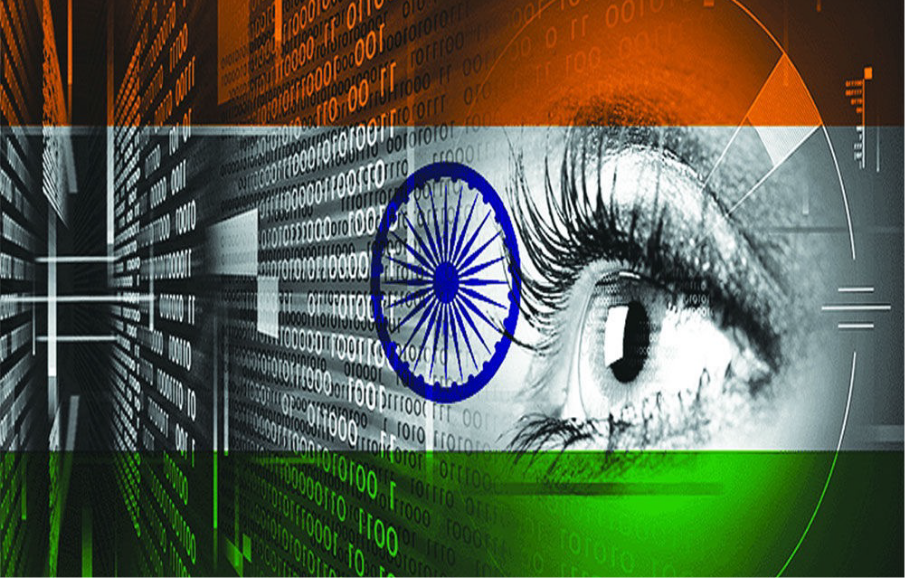
India is undergoing a transformative AI revolution, driven by bold government initiatives aimed at democratizing access to cutting-edge technology. Moving beyond dependence on global tech giants, India’s policy interventions are empowering students, startups, and researchers with affordable and equitable access to cutting-edge infrastructure. These measures are aligned with the long-term vision of Viksit Bharat@2047, positioning India to emerge as a global leader in responsible AI development.
The IndiaAI Mission, launched in 2024 with a ₹10,300 crore allocation, aims to establish one of the world’s largest AI compute infrastructures, featuring 18,693 GPUs. This will enable the development of indigenous AI models at a fraction of global costs. An open GPU marketplace has also been introduced, making high-performance computing accessible to students, researchers, and startups for as low as ₹100/hour.
Recognising the foundational role of data in AI, the IndiaAI Dataset Platform has been launched to provide seamless access to high-quality, anonymised, non-personal datasets. This will support the development of accurate, bias-resistant AI applications across sectors such as agriculture, healthcare, and infrastructure.

India is investing in the development of foundational AI models tailored to Indian linguistic and societal contexts. India’s Digital Public Infrastructure (DPI)—anchored in Aadhaar, UPI, and DigiLocker—is being strengthened with AI integration.
India leads globally in AI skill penetration. India now contributes 16% of the global AI talent pool and is among the top five fastest-growing AI talent hubs. Indian enterprises are rapidly adopting AI which is not limited to large corporations; small and medium enterprises (SMEs) are also leveraging AI to drive efficiency and revenue growth. India ranks third globally in active tech incubators and accelerators.
India’s approach to AI regulation strikes a careful balance between fostering innovation and addressing ethical concerns. Eschewing restrictive legislation, the government is investing in academic research and techno-legal safeguards to counter deepfakes, protect privacy, and strengthen cybersecurity. This nuanced regulatory model allows innovation to flourish while ensuring accountability and public trust.



India’s AI strategy, characterized by inclusivity, affordability, and indigenous innovation, is a blueprint for the Global South. With comprehensive investments in compute infrastructure, datasets, foundational models, skilling, and ethical oversight, India is poised to lead the next wave of AI development.
China Mandates Clear Labelling of AI-Generated Content Amid Misinformation Concerns
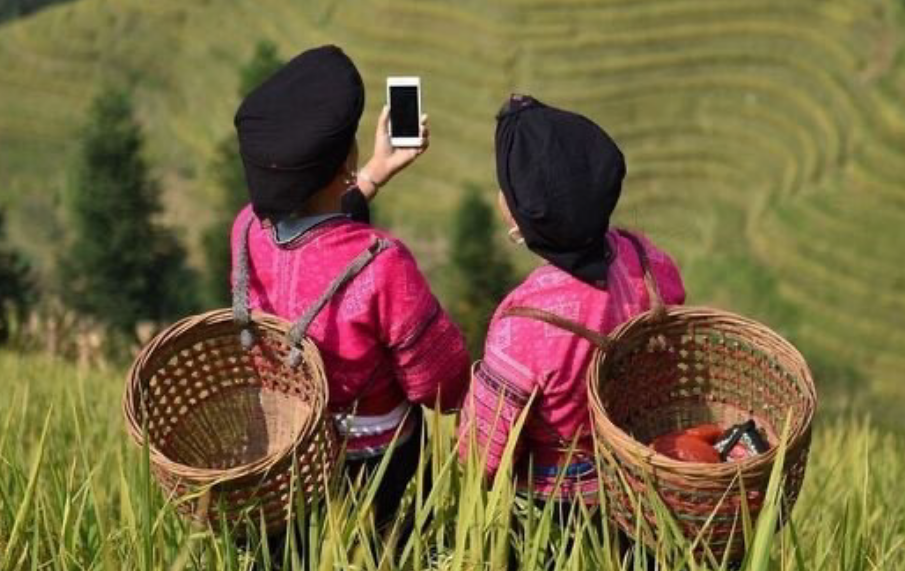
In a landmark regulatory development, the People’s Republic of China has introduced binding requirements mandating the clear labelling of all content generated using artificial intelligence technologies. Effective from September 1, 2025, the new rules apply comprehensively to AI-generated text, images, audio, video, and virtual media.
The regulatory framework mandates both explicit disclosures, which must be visibly displayed to end-users, and implicit identifiers, such as digital watermarks or metadata-based signals embedded within the content itself. Online platforms are required to verify the presence of these indicators prior to allowing such content to be published.
In instances where no labelling is present but there are discernible features suggesting AI generation, the content must nonetheless be flagged accordingly. Application distribution platforms are further obligated to conduct functionality assessments of AI-related features before granting approval for release. Any attempt to tamper with, obscure, or remove AI labels is strictly prohibited, with violations attracting regulatory sanctions.
Legal and compliance teams of technology companies, content platforms, and AI developers operating within or in relation to the Chinese digital ecosystem must now integrate technical safeguards, verification protocols, and audit mechanisms into their operational frameworks to ensure adherence to the labelling requirements.


This development marks a constructive advancement in the regulation of misinformation and deepfakes and a significant step toward the development of a responsible and ethically grounded AI ecosystem.
Data Protection

NCLAT Grants Interim Relief Against Five-Year Data Sharing Ban to Whatsapp
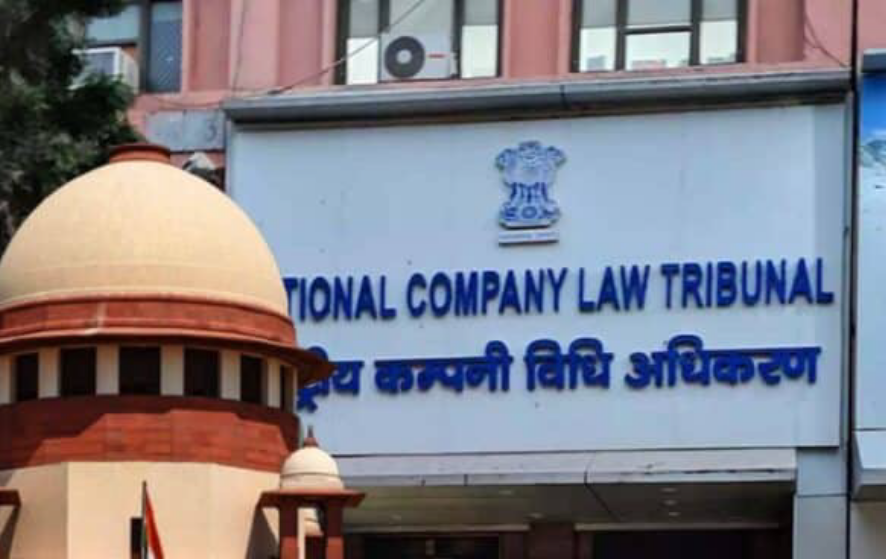
On January 2025, the National Company Law Appellate Tribunal (“NCLAT”) granted significant interim relief to WhatsApp LLC (“WhatsApp”) in their appeal challenging the Competition Commission of India’s (“CCI”) November 18, 2024, order concerning WhatsApp’s 2021 privacy policy in the matter of WhatsApp LLC v. Competition Commission of India13.
The CCI had previously held that WhatsApp abused their dominant position under Section 414 (2) of the Competition Act, 2002 by imposing unfair privacy terms through the updated privacy policy, particularly in relation to data sharing between WhatsApp and other Meta entities. In addition to imposing a penalty of INR 213.14 crore on Whatsapp, the CCI had directed WhatsApp to refrain from sharing user data for advertising purposes for a period of five years.
In its interim order, the NCLAT stayed the CCI’s direction prohibiting data sharing for advertising purposes, citing the potential for irreparable harm to WhatsApp’s business model and revenue stream. However, the Tribunal allowed the other directions of the CCI to continue, including obligations relating to transparency and user choice. The NCLAT also stayed recovery of the remaining penalty amount, subject to WhatsApp depositing a total deposited amount to 50% of the imposed penalty.
During the proceedings, WhatsApp argued that the directions issued by the CCI went beyond the scope of competition law and encroached upon privacy regulation, an area that is now governed by the Digital Personal Data Protection Act, 2023. The CCI, in response, maintained that its findings were confined to market conduct and did not intrude into the regulatory domain of data privacy. The Tribunal has adjourned the matter for directions and the next hearing is scheduled for May 2025.



The NCLAT’s decision highlights the growing implications of data regulation in India’s digital economy. While interim relief has been granted, the final outcome may determine whether digital platforms can be subjected to dual scrutiny under both competition and data protection regimes, and whether overlapping enforcement mandates can coexist within India’s evolving regulatory architecture.
Information Technology

Karnataka High Court Examines the Constitutionality of Government Takedown Practices in the Digital Era
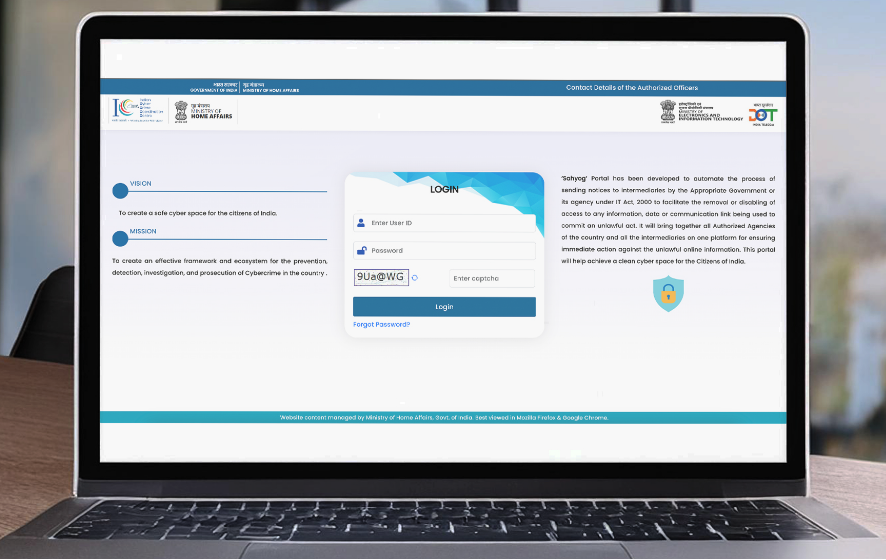
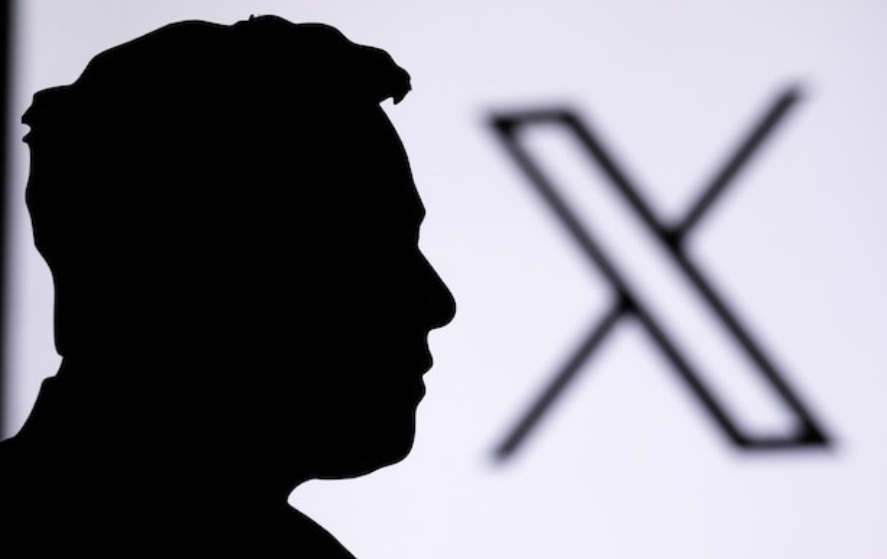
X asserted that this mechanism bypasses the safeguards mandated under Section 69A of the Information Technology Act, 2000 (“the Act”) and the Information Technology (Procedure and Safeguards for Blocking for Access of Information by Public) Rules, 2009. These safeguards, which include recorded reasons, opportunity to be heard, and structured oversight. X contends that in practice, content takedowns are being demanded under Section 79(3)(b) of the Act through informal executive communication, leading to removals without transparency or legal accountability. X argues that such executive practices deny due process and create a parallel enforcement system.
The interim relief has not been granted by the Hon’ble High Court of Karnataka and the matter is listed for further hearing on July 01, 2025.


This case may shape the lawful online censorship in India and clarify whether content moderation can be systematised in the digital era.
- F. HOFFMANN-LA ROCHE AG & ANR. vs NATCO PHARMA LIMITED, CS(COMM) 567/2024, March 24, 2025. https://shorturl.at/jBRkf
- The Regents of the University of California vs. The Controller of Patents (C.A.(COMM.IPD-PAT) 481/2022). https://shorturl.at/i4NR2
- Macleods Pharmaceuticals vs. The Controller of Patents & Anr (2025:DHC:158). https://shorturl.at/TIeXb
- Koninklijke Philips Electronics N.V vs. Maj(Retd) Sukesh Behl & Anr, CS(COMM) 423/2016. https://shorturl.at/UMC5r
- Arcturus Therapeutics Inc. vs. Assistant Controller of Patents & Designs, C.A.(COMM.IPD-PAT) 40/2023. https://shorturl.at/5ehsj
- CS(COMM) 420/2024. https://shorturl.at/usGaa
- Goodai Global Inc. vs. Shahnawaz Siddiqu & Anr., delivered on 28 January 2025 [C.O. (COMM.IPD-TM) 81/2024]. https://shorturl.at/mBCyi
- CS(COMM) 443/2020. https://shorturl.at/VADxK
- Stephen Thaler vs. Shira Perlmutter, United States Court of Appeals for the District of Columbia Circuit, No.
23-5233, March 18, 2025. https://shorturl.at/YsCIr - Thomson Reuters Enter. Centre GmbH et al vs. ROSS Intelligence Inc., Case No. 1:20-cv-00613-SB (D. Del. Feb. 11,
2025). https://shorturl.at/lyZEG - The New York Times Co vs. Microsoft Corp, U.S. District Court for the Southern District of New York, No.
1:23-cv-11195. https://shorturl.at/h2GWI - ANI MEDIA PVT. LTD vs. OPEN AI INC & ANR, DHC, CS(COMM) 1028/2024. https://rb.gy/v1s3vw
- WhatsApp LLC vs. Competition Commission of India, Competition Appeal (AT) No. 1 of 2025. https://rb.gy/082bi7
- Abuse of dominant position
- X Corp. vs. Union of India, Writ Petition No. 7405 of 2025. https://rb.gy/mdzyag
Questions regarding the above developments
and their potential impact on your business?
Reach out to the client service team at ipconnect@walaw.in

To stay updated on our insights, subscribe here.
IPulse Editions

Fourth Edition | IPulse | A Quarterly IPR Update
- 22 January 2025
If you would like a copy of the newsletter, reach us at ipconnect@walaw.in.
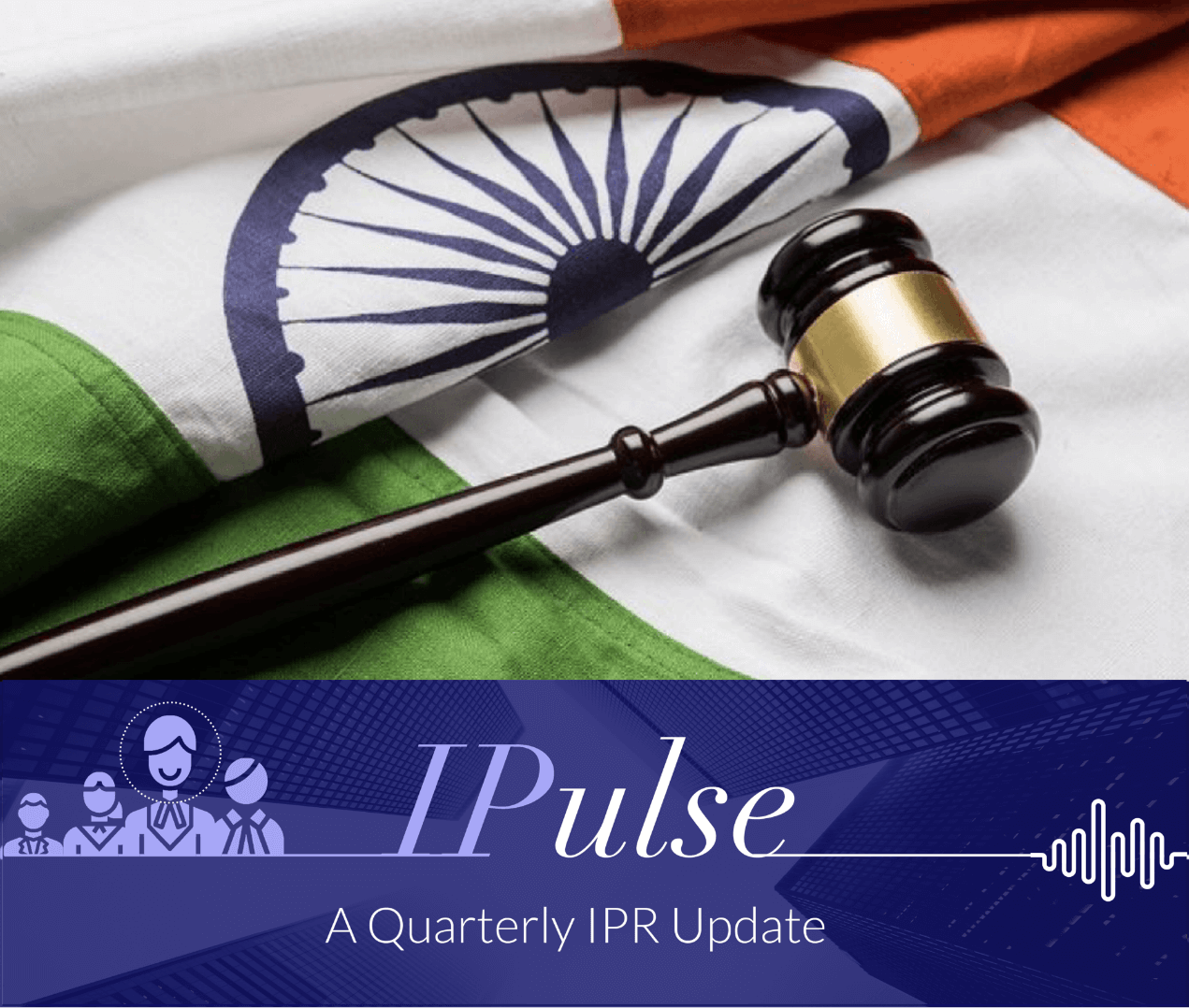
Third Edition | IPulse | A Quarterly IPR Update
- 13 November 2024
The provisions of the Jan Vishwas (Amendment of Provisions) Act, 2023 (“Act”) pertaining to Intellectual Property have come into force starting August 1, 2024, pursuant to the notification by the DPIT.
If you would like a copy of the newsletter, reach us at ipconnect@walaw.in.
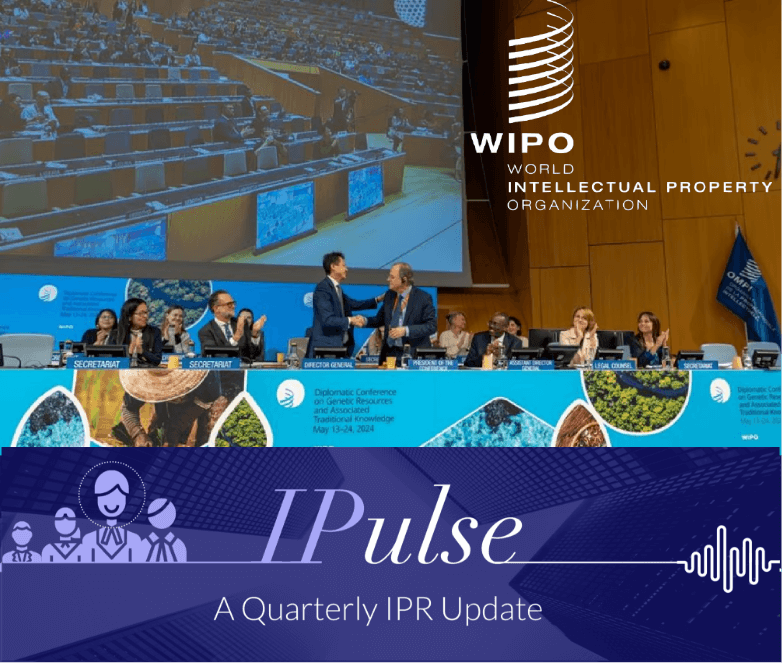
Second Edition | IPulse | A Quarterly IPR Update
- 20 August 2024
If you would like a copy of the newsletter, reach us at ipconnect@walaw.in.

First Edition | IPulse | A Quarterly IPR Update
- 01 June 2024
The Indian Patent Office granted over one lakh patents in the year from 15-Mar-2023 to 14-Mar-2024 which amounts to 250 patents every working day. A record number of 1532 patent orders were issued in a single day!
If you would like a copy of the newsletter, reach us at ipconnect@walaw.in.


